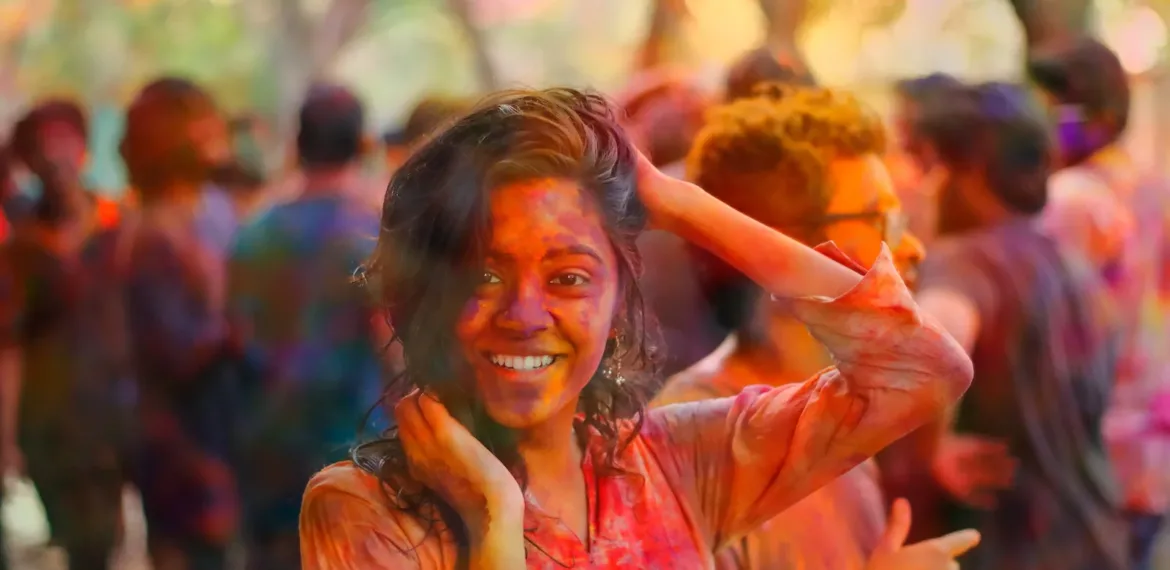Myanmar: Embrace the Rich Culture and Avoid Cultural Faux Pas.
ROAMOPEDIA
Myanmar's Culture
Exploring Myanmar’s Culture: Traditions, Customs, Language, and Etiquette

Related
All related contents.
Related Posts
Discover the cultural richness of Mandalay through the Kuthodaw Pagoda and its magnificent marble scripture.
Discover the sacred beauty of Myanmar at Shwedagon Pagoda in Yangon.
Discover the hidden gems of Hsipaw through an exhilarating trekking experience.
Discover the ancient beauty of Myanmar’s Sule Pagoda in the vibrant city of Yangon.
Discover the natural beauty of Pyin Oo Lwin at the National Kandawgyi Botanical Gardens.
Discover the hidden gem of Hpa-An and behold the wonder of Sadan Cave in Myanmar.
Discover the untouched beauty of Ngapali Beach in Myanmar.
Escape to paradise at Ngapali Beach in Myanmar, where crystal-clear waters and white sands await.
Experience the charm and culture of Myanmar at Inle Lake.
Discover the charm of Myanmar’s coastal gem, Mawlamyine.
Discover the wonder of Myanmar’s Golden Rock and experience the serenity of a sacred Buddhist site.
Discover the colonial charm and natural beauty of Pyin Oo Lwin, Myanmar’s hidden gem.

The Enchanting World of Myanmar: Unforgettable Experiences in the Golden Land
Discover the beauty of Myanmar’s cultural heritage at the Chaukhtatgyi Buddha Temple in Yangon.
Discover the wonders of Monywa and witness the grandeur of Bodhi Tataung.
Wander through history at Mrauk U Temples in Myanmar.
Discover the cultural and natural beauty of Myanmar at Mandalay Hill.
Explore the magical world of floating gardens and traditional fishermen at Myanmar’s Inle Lake.
Discover spirituality and natural beauty at Myanmar’s Mount Popa.
Discover the beauty of Mandalay with a breathtaking stroll across the world’s longest teakwood bridge, U Bein Bridge.
Discover the rich cultural heritage of Mandalay, Myanmar.
Discover the vibrant charm of Myanmar’s largest city, Yangon.
Discover the modern and cultural side of Myanmar’s capital city, Naypyidaw.
Discover the ancient wonders of Myanmar’s Bagan.
Discover the hidden treasure of Pindaya Caves in Myanmar, a testament to the country’s rich cultural heritage.
Related
Related contents and articles.
Related Posts
- Print
- Share
- +-Font Size